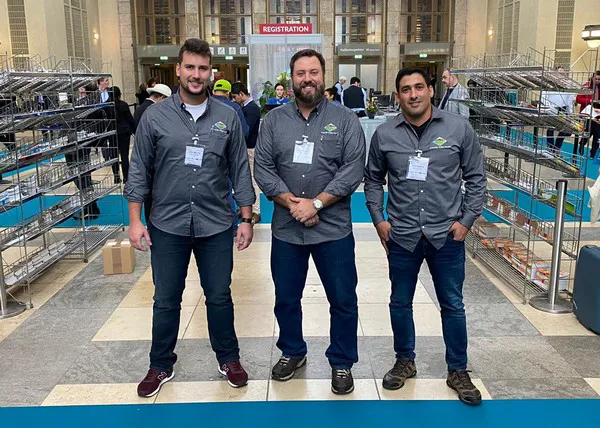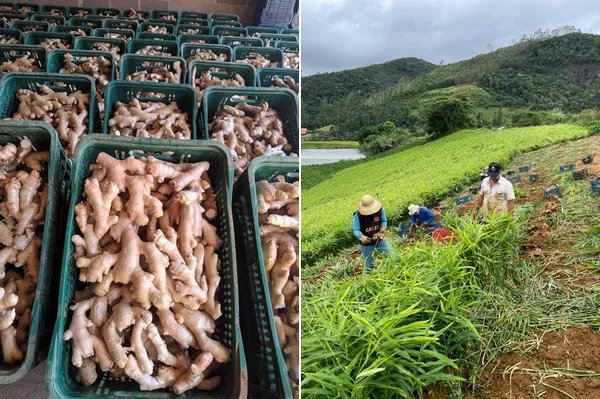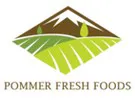Increasing demand around the globe for ginger have pushed multiple growing regions to increase their production.
“The global consumption went up in all sorts of countries, perhaps because of the pandemic. There was an increase in demand from everywhere but the increase in Europe was especially large--almost 60-70 percent,” says Frederico Stuhr of Fort Lauderdale, FL-based Pommer Fresh Foods.
While the pandemic and the health properties ginger contains probably factor into that increased demand, it’s not the only reason why consumption is up. “People are also changing where they want ginger from and moving from China to places like Brazil,” says Stuhr. “They’re also doing different things with it now like juicing so there seem to be a lot of opportunities coming.”
 Left to right: Frederico Stuhr, Marcio Camargo and Apanatche Bark.
Left to right: Frederico Stuhr, Marcio Camargo and Apanatche Bark.
Growing Brazilian market
“The Brazilian ginger market in the U.S. and Europe has grown exponentially along the years,” says Apanatche Bark with Pommer Fresh. “When I exported my first container to the U.S. back in 2005-2006, we called it a niche market. I exported volumes of something like 20 containers for the season. Nowadays we see volume surpassing 350 containers in the U.S. and double this to Europe.”
With that comes the benefit of being experienced in the industry. “As any commodity, ginger can become a very risky business. You must have a full operation and knowledge of the market. Prices can oscillate drastically as new importers and traders step into the market looking for profit. Every year we see inexperienced companies stepping in and losing money,” adds Bark.
In response, Pommer Fresh has increased its own production in Brazil, which tends to ship mature ginger from May-June to December. “Production in Brazil has grown but we as growers are facing a hardship with water shortages. We had a lack of rain this season which was very difficult,” says Stuhr. Bark also adds that increasing pricing on freight, including air which is how it ships young ginger early in the season, will have to be weighed against market demand to see if Pommer Fresh will be able to send young ginger supplies to the U.S. in 2022.
 Pommer Fresh has increased its own production in Brazil, which tends to ship mature ginger from May-June to December.
Pommer Fresh has increased its own production in Brazil, which tends to ship mature ginger from May-June to December.
Other countries producing ginger
At the same time, other countries growing ginger including China, Peru and Costa Rica, have also increased their production.
While greater supplies meant challenging months to move ginger earlier this year, Stuhr notes it was able to move past the increased volume and recover and now the market is stable. “We were happy with the prices,” he says.
However, as commodity growers and shippers worldwide are reporting, increased input costs, including cardboard, water, labor, freight and more, is reflecting in the final price of ginger as well. “But the market has been reacting well to it and pricing is now steady,” says Stuhr. “Last year we had a shortage of product as well so prices were higher. But compared to a normal season, prices are higher.” He adds pricing is likely to continue to stay even as Brazil heads towards the end of its ginger season.
 For more information:
For more information:
Apanatche Bark
Pommer Fresh Foods
Tel: +1 (754) 701 5767
[email protected]
www.pommerfreshfoods.com
